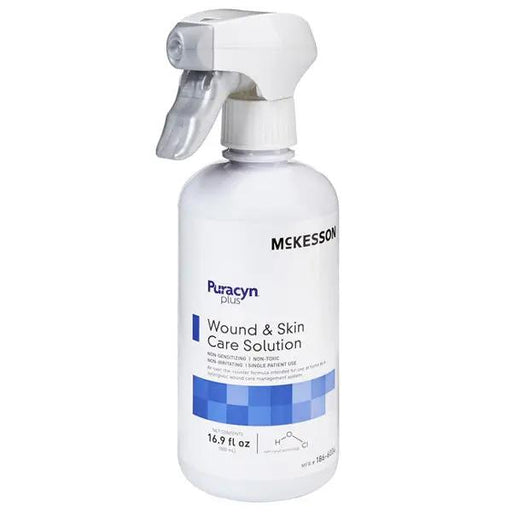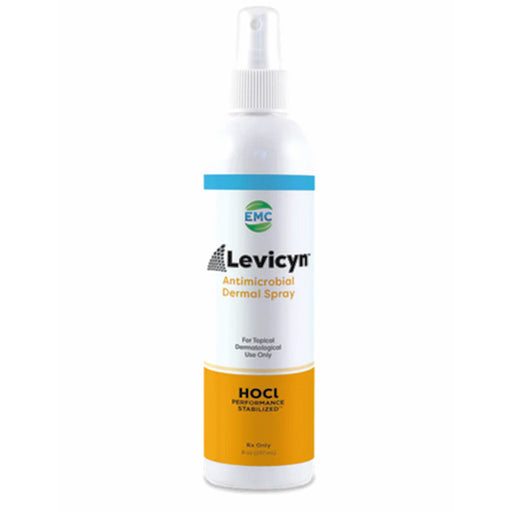What is Hypochlorous Solution
Hypochlorous solution is a gentle, yet powerful disinfectant and antiseptic known for its antimicrobial properties. It is effective against a wide range of pathogens, including bacteria, viruses, and fungi. Naturally occurring in the human immune system, it is non-toxic and safe for use on skin, wounds, and surfaces. Used in healthcare and skincare, hypochlorous solution is valued for its efficacy in wound healing and infection control, making it a versatile and essential component in sanitation and hygiene.
Types of Hypochlorous Solution
Hypochlorous solution comes in various forms depending on its intended use. Here are the common types:
Wound Care Solutions:
- Used for cleaning and disinfecting wounds. These are typically formulated to be non-irritating and safe for direct application on skin.
Disinfectant Solutions:
- Higher concentration solutions intended for sanitizing surfaces in healthcare or industrial settings.
Eye Care Solutions:
- Specially formulated for use in managing conditions like conjunctivitis, ensuring they are gentle and non-irritating.
Oral Rinse Solutions:
- Used for managing oral hygiene and reducing bacterial load in the mouth.
General Sanitizers:
- Lower concentration solutions useful for hand hygiene and general sanitizing tasks.
Each type is formulated to suit specific applications, so it’s important to choose the right one based on the
intended use and safety guidelines.
Hypochlorous Solution Benefits
Hypochlorous solution offers several benefits, particularly in medical and sanitization contexts:
Broad-Spectrum Antimicrobial Action:
- Effectively kills bacteria, viruses, and fungi, making it a versatile disinfectant.
Non-Toxic and Biocompatible:
- Safe for use on skin, wounds, and mucous membranes; it is naturally produced by the human immune system.
Wound Healing:
- Promotes faster healing by reducing microbial load and inflammation in wounds.
Safe for Multiple Applications:
- Can be used for wound care, eye care, oral hygiene, and general sanitization without causing irritation.
Environmentally Friendly:
- Breaks down into harmless substances, making it eco-friendly compared to harsher chemical disinfectants.
No Rinsing Required:
- Leaves no harmful residues, eliminating the need for rinsing after use.
These benefits make hypochlorous solution a valuable tool in healthcare, personal hygiene, and infection control.
How to Use Hypochlorous Solution
Using hypochlorous solution effectively depends on its intended application. Here's a general guide:
For Wound Care:
1. Preparation:
- Clean the surrounding skin area if necessary.
- Ensure your hands are clean or wear gloves.
2. Application:
- Spray or apply the solution directly onto the wound.
- Allow it to air dry or gently pat dry with a sterile gauze if needed.
3. Frequency:
- Use as directed by a healthcare provider, typically 1-3 times daily or as needed.
For Disinfection (Surfaces):
1. Preparation:
- Clean the surface to remove dirt or debris.
2. Application:
- Spray the solution evenly over the surface.
- Allow it to remain wet for the contact time recommended by the manufacturer.
- No rinsing required unless specified.
For Eye Care:
1. Consultation:
- Use only products specifically formulated for eye care.
- Follow ophthalmologist or package instructions.
2. Application:
- Apply as drops or use a clean cloth to gently clean the eye area.
Fro Oral Rinse
1. Application:
- Use the solution as a mouthwash, swishing for the recommended time before spitting it out.
General Tips:
Follow Instructions: Always adhere to the specific guidelines provided by the product manufacturer or healthcare provider.
Safety: Ensure the formulation is appropriate for the intended use (e.g., wound care vs. surface disinfection).
Storage: Keep the solution in a cool, dry place away from direct sunlight to maintain its efficacy.
Using hypochlorous solution properly ensures its effectiveness and safety for various purposes.













